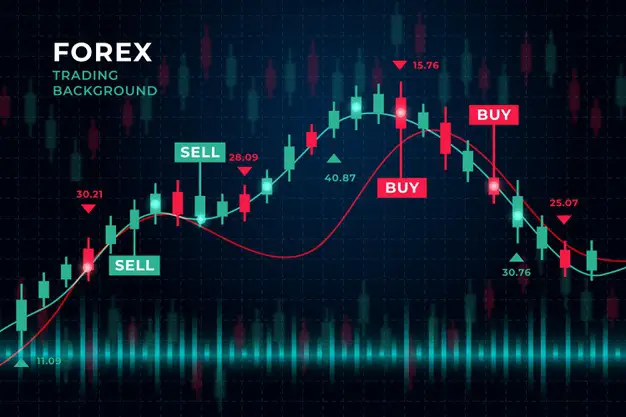Currency trading, also known as forex trading, is a global marketplace where participants engage in the buying and selling of currencies. This decentralized market is the largest and most liquid in the world, offering immense opportunities for traders seeking to capitalize on fluctuations in exchange rates. In this article, we’ll explore the fundamentals of currency trading, its mechanisms, and the reasons behind its widespread appeal.
- The Basics of Currency Trading:
At its core, currency trading involves the exchange of one currency for another at an agreed-upon exchange rate. Unlike traditional stock markets, the forex market operates 24 hours a day, five days a week, reflecting the continuous rotation of major financial centers around the globe. This accessibility allows traders to respond in real-time to global economic events and news.
- Currency Pairs:
Currencies are traded in pairs, reflecting the relative value of one currency against another. The first currency in the pair is the base currency, and the second is the quote currency. For example, in the EUR/USD pair, the euro is the base currency, and the U.S. dollar is the quote currency. The exchange rate indicates how much of the quote currency is needed to purchase one unit of the base currency.
- Market Participants:
Various participants engage in currency trading, ranging from individual retail traders to large institutional players. Central banks, commercial banks, hedge funds, multinational corporations, and individual investors all contribute to the liquidity and volatility of the forex market. The diverse mix of participants creates a dynamic and ever-changing trading environment.
- Leverage and Risk Management:
One of the unique features of currency trading is the availability of leverage. Leverage allows traders to control a larger position size with a relatively small amount of capital. While leverage amplifies potential profits, it also increases the risk of significant losses. Successful currency traders prioritize risk management by setting stop-loss orders, diversifying their portfolios, and carefully considering the use of leverage.
- Technology in Currency Trading:
Advancements in technology have transformed currency trading. Traders now rely on sophisticated trading platforms that provide real-time market data, advanced charting tools, and the ability to execute trades seamlessly. Automated trading through algorithms has also gained popularity, allowing traders to implement pre-programmed strategies and execute trades without constant manual supervision.
Conclusion:
Currency trading is a dynamic and accessible market that attracts a diverse range of participants from around the globe. Aspiring traders can capitalize on the constant fluctuations in exchange rates, provided they equip themselves with a solid understanding of market fundamentals, implement effective trading strategies, and prioritize risk management. Whether trading for short-term gains or as a long-term investment, currency trading offers a world of opportunities for those willing to navigate its complexities and stay informed about global economic developments.



